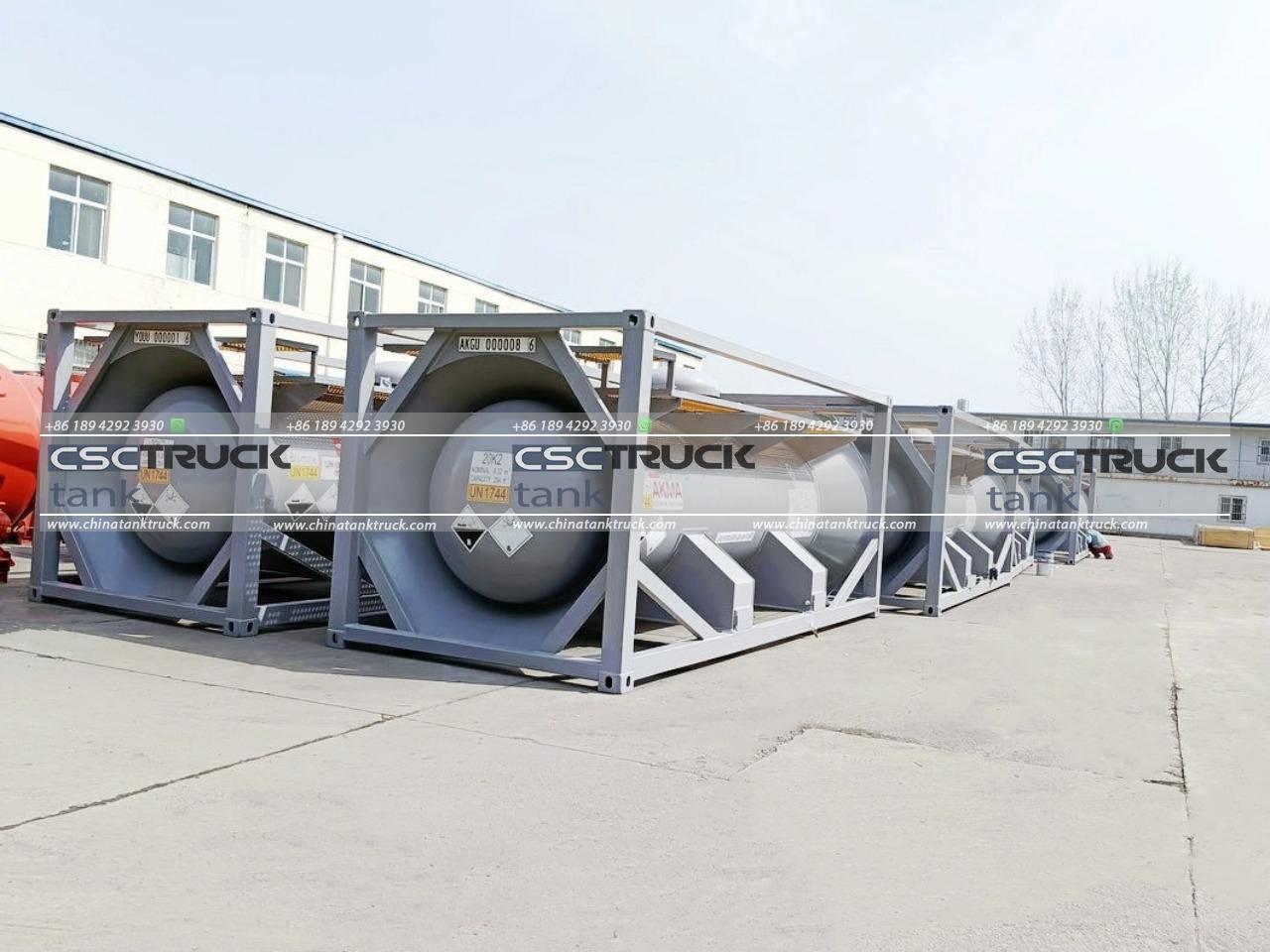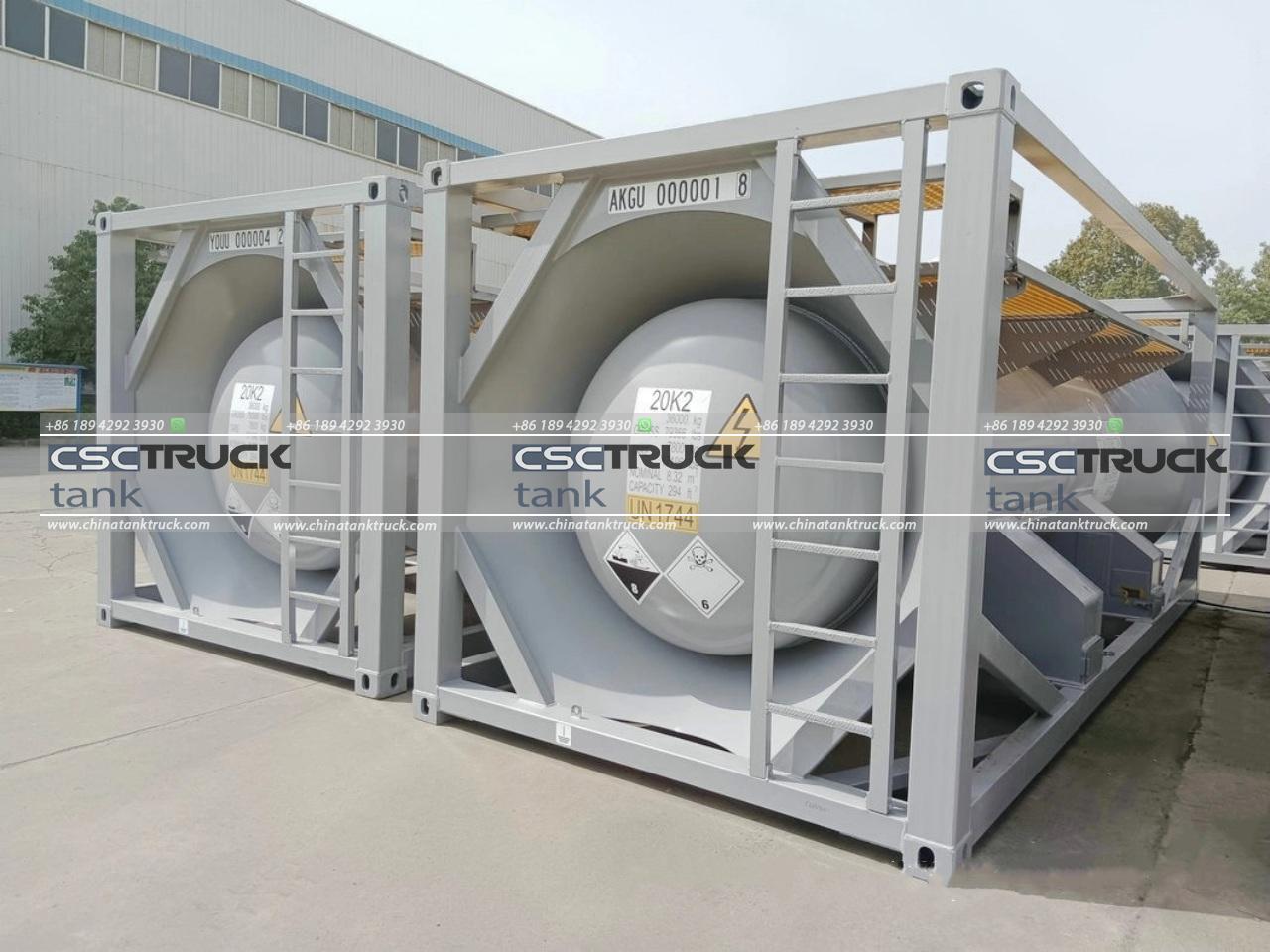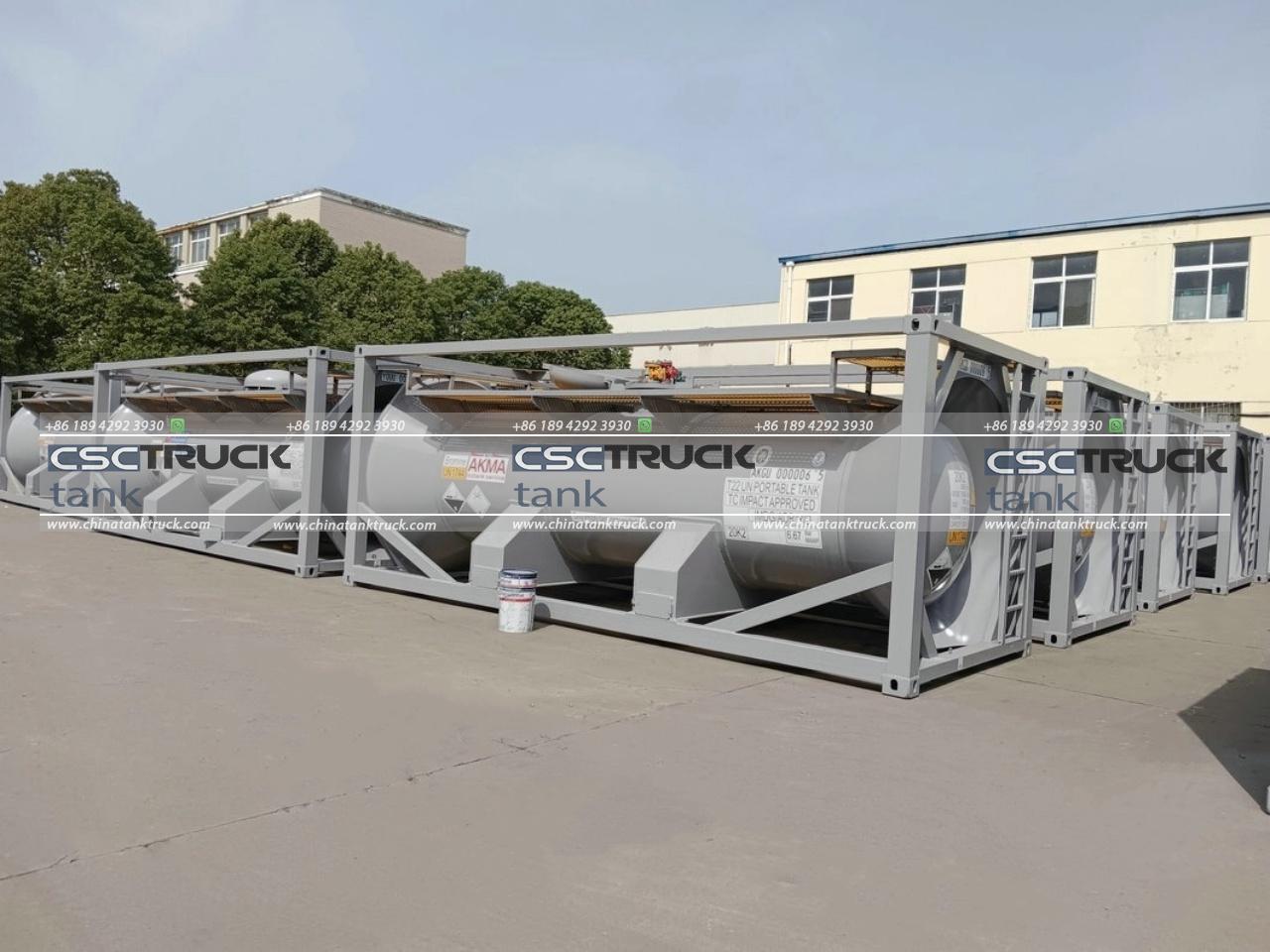What Does ISO Tank Stand For?
When it comes to transporting bulk liquids across long distances, particularly via road, rail, and sea, ISO tanks have become a reliable and efficient solution. But what exactly does “ISO tank” stand for? This term has grown in importance in industries ranging from chemicals to food and beverages, yet many people outside these sectors might not fully understand what it means. Let’s explore the meaning behind ISO tanks, their design, uses, and advantages, and why they have become an integral part of modern logistics.
Understanding the Term “ISO”
Before diving into the specifics of what an ISO tank is, it’s important to understand what “ISO” represents. ISO stands for the International Organization for Standardization, an independent, non-governmental international body that develops and publishes standards to ensure that products and services are safe, reliable, and of high quality. Established in 1947, ISO has published over 23,000 international standards that touch on nearly every aspect of technology, manufacturing, and trade.
In the context of shipping and transportation, ISO plays a critical role in ensuring uniformity and compatibility across borders. One of its well-known contributions to international logistics is the standardization of intermodal containers—those steel boxes used in global shipping. Similarly, ISO has also standardized the design and construction of tank containers, giving birth to the term “ISO tank.”

What Is an ISO Tank?
An ISO tank (also called an ISO container) is a type of tank container that meets the specifications outlined by the International Organization for Standardization. These tanks are primarily used to transport bulk liquids, including hazardous and non-hazardous chemicals, gases, food-grade liquids, and even drinking water. The tanks are mounted within a standard-sized steel frame that allows for easy intermodal transportation by road, rail, or sea, just like the well-known steel freight containers.
While ISO tanks come in various sizes and configurations to suit different applications, they all conform to certain standards in terms of dimensions and design, ensuring that they can be handled, stored, and transported consistently worldwide. Most ISO tanks have a capacity of between 20,000 to 26,000 liters and are designed to fit into the same frame as a 20-foot shipping container. This allows them to be seamlessly loaded onto trucks, trains, and ships without needing specialized equipment.
Components of an ISO Tank
An ISO tank is made up of several key components, each playing an important role in ensuring the safety and efficiency of transporting liquids:
1. Tank Shell: This is the main body of the container, typically constructed of stainless steel or other corrosion-resistant materials. The tank shell is cylindrical, allowing it to handle the pressure exerted by its contents, especially when transporting hazardous liquids.
2. Frame: The steel frame surrounds the tank shell and provides a standardized structure for transportation. This frame is designed to fit the dimensions of intermodal containers, making it easy to move the ISO tank using cranes, forklifts, or other loading equipment.
3. Manhole: Located on the top of the tank, the manhole provides access to the inside of the tank for cleaning, inspection, or maintenance. It is typically sealed with a gasket to prevent leaks or contamination.
4. Valves: ISO tanks are fitted with valves for loading and unloading liquids. These valves are located at the top and bottom of the tank and can be customized depending on the specific requirements of the product being transported.
5. Insulation and Heating Systems: Some ISO tanks are equipped with insulation and heating systems to maintain a constant temperature during transit. These features are particularly important when transporting products that must be kept at a certain temperature, such as food-grade liquids or temperature-sensitive chemicals.

Types of ISO Tanks
There are various types of ISO tanks, each designed for a specific type of cargo or operational requirement. Some of the most common types include:
1. Standard ISO Tanks: These tanks are the most common and are used to transport non-hazardous liquids, including chemicals, oils, and beverages.
2. Refrigerated ISO Tanks (Reefer Tanks): These are designed to transport perishable goods like food and pharmaceuticals that need to be kept at a controlled temperature. They are equipped with refrigeration systems to maintain the desired temperature.
3. Swap Body Tanks: While not technically ISO tanks, swap body tanks follow a similar concept but are designed with a larger capacity. They are commonly used in Europe and are usually restricted to road and rail transport.
4. T11 ISO Tanks: This type of tank is used for the transportation of less hazardous chemicals and liquids, including alcohols, food-grade liquids, and some non-hazardous chemicals. T11 tanks are the most widely used ISO tanks because of their versatility.
5. T14/T20 ISO Tanks: These are used for more hazardous materials and are designed to withstand higher pressures. T14 tanks are suitable for the transportation of high-temperature liquids, while T20 tanks are often used for more dangerous chemicals.
Benefits of Using ISO Tanks
ISO tanks offer several advantages that make them the preferred choice for many industries involved in bulk liquid transportation:
1. Standardization: Since ISO tanks are built to internationally recognized standards, they can be easily transported across different countries and regions. The standardized dimensions allow for efficient handling, stacking, and transport on various modes of transport, including trucks, trains, and ships.
2. Safety: ISO tanks are designed with safety in mind, particularly for hazardous materials. Their robust construction and secure sealing mechanisms reduce the risk of leaks, contamination, and accidents during transit. Many are designed to withstand high pressures and corrosive substances, providing an extra layer of protection.
3. Cost Efficiency: Using ISO tanks can reduce overall shipping costs, particularly for bulk liquids. The tanks are reusable, durable, and capable of carrying large volumes of liquid, which reduces the need for packaging materials and minimizes handling.
4. Flexibility: ISO tanks are versatile and capable of transporting a wide range of liquids, including chemicals, food products, and gases. This makes them useful in various industries, from chemical manufacturing to the beverage industry.
5. Environmental Benefits: ISO tanks are more environmentally friendly than many alternative shipping methods. Because they are reusable and reduce the need for disposable packaging, they help reduce waste. Additionally, their secure design minimizes the risk of spills and contamination, protecting the environment from hazardous materials.

Applications of ISO Tanks
ISO tanks are used in a variety of industries for the transportation of bulk liquids:
– Chemical Industry: ISO tanks are heavily used to transport hazardous and non-hazardous chemicals, including acids, solvents, and other industrial liquids.
– Food and Beverage: In the food industry, ISO tanks are used to transport food-grade liquids such as fruit juices, milk, and edible oils. Their hygienic design ensures that the contents remain safe for consumption.
– Pharmaceutical Industry: ISO tanks are crucial for transporting bulk pharmaceutical ingredients, which often require controlled temperatures and special handling to maintain their integrity.
– Oil and Gas: The petroleum industry uses ISO tanks for the transportation of liquid petroleum products and liquefied gases.
Conclusion
In summary, an ISO tank refers to a tank container that conforms to the standards set by the International Organization for Standardization. These tanks are designed to transport bulk liquids safely and efficiently across various modes of transport, providing advantages in terms of safety, cost efficiency, and environmental responsibility. Whether you’re in the chemical, food, or pharmaceutical industries, ISO tanks play an essential role in ensuring the smooth flow of goods across the globe.

